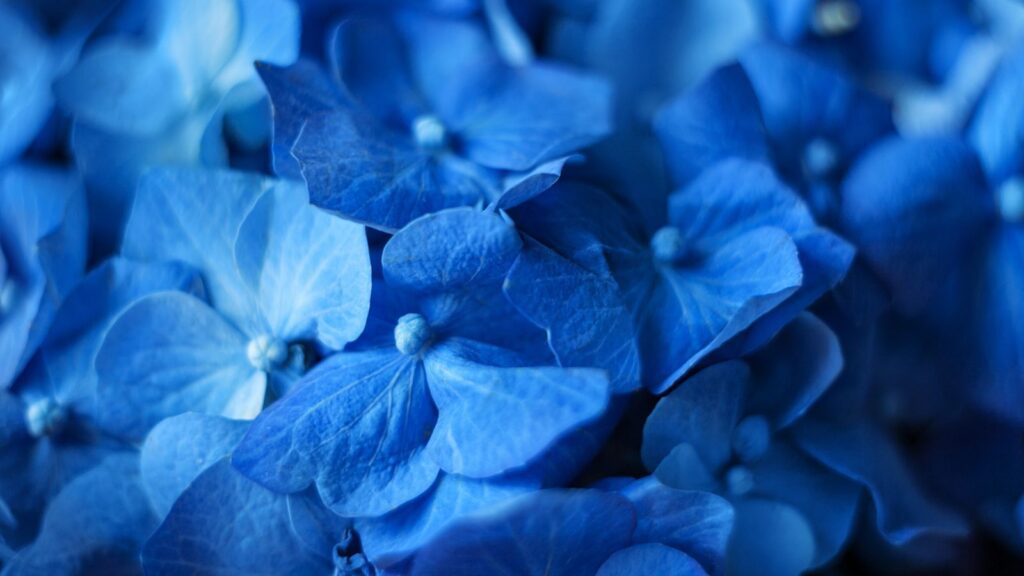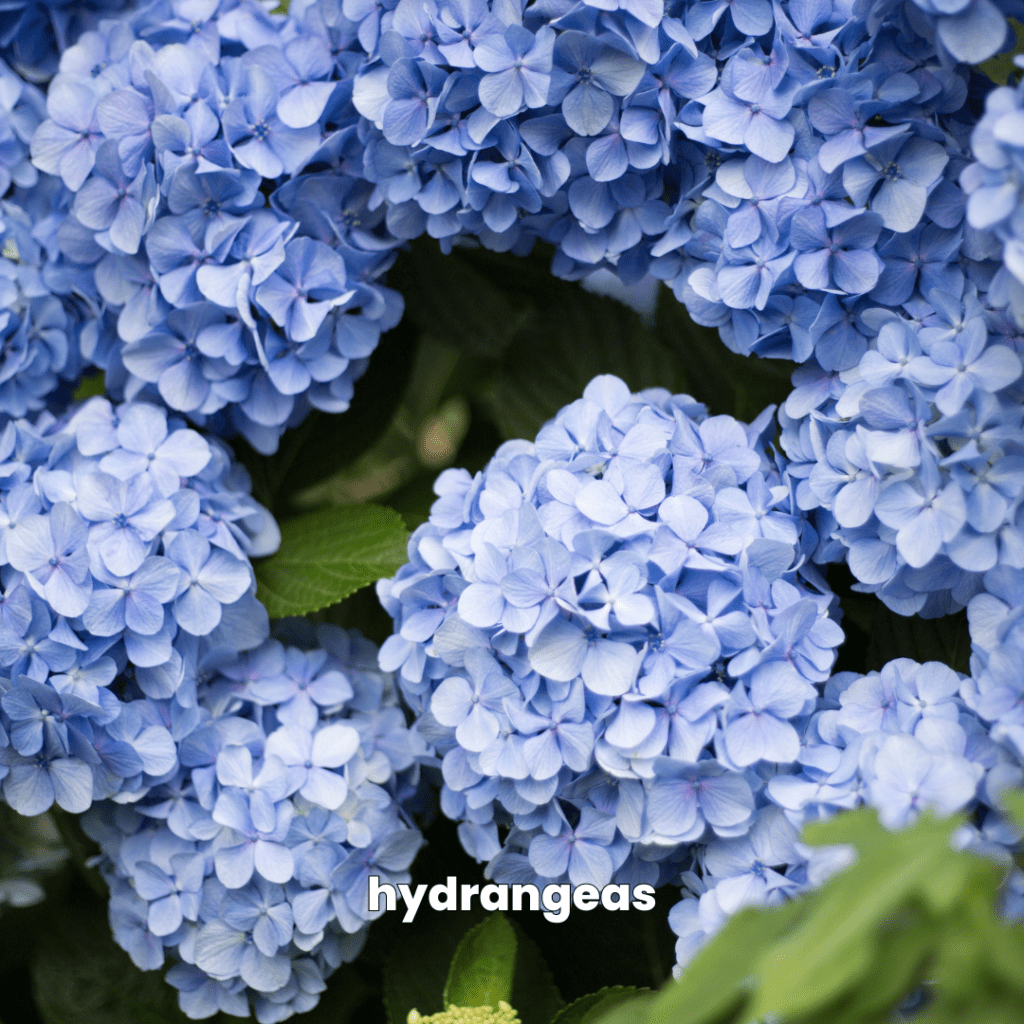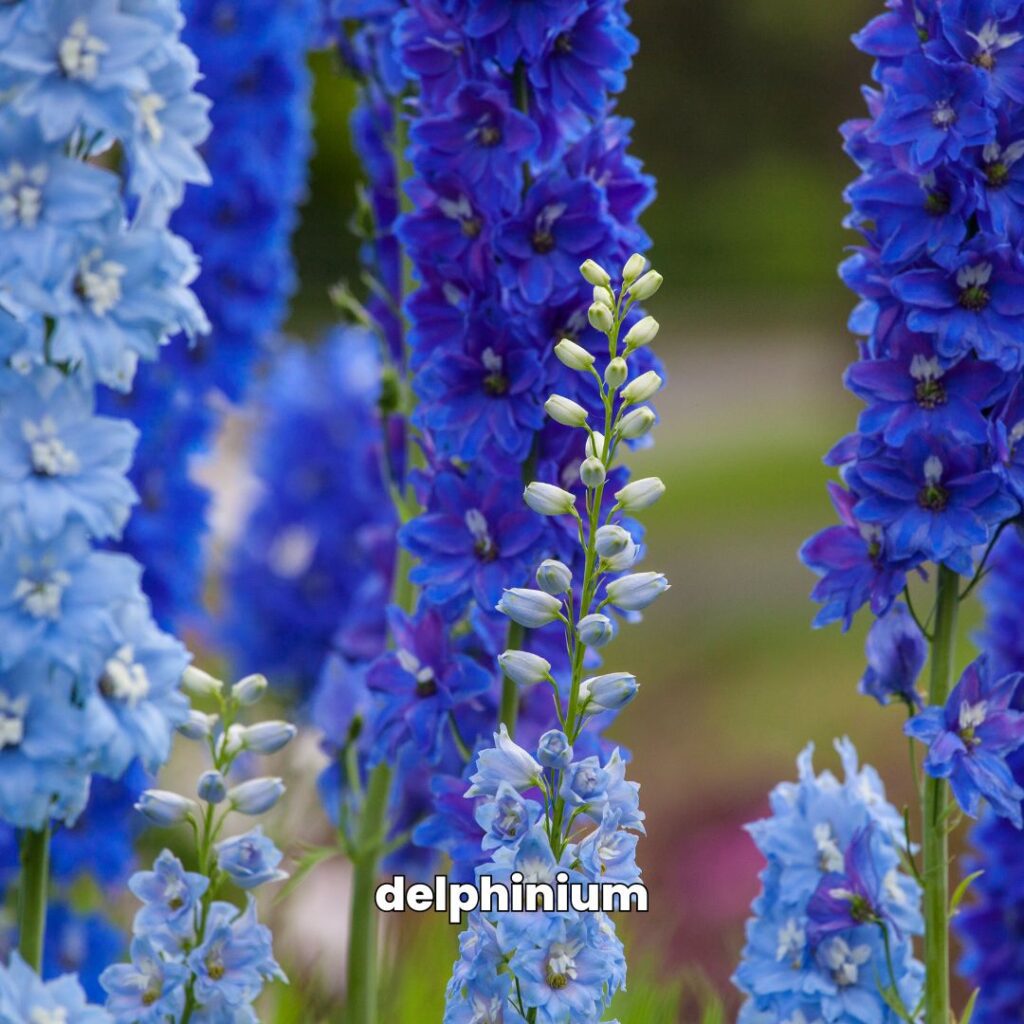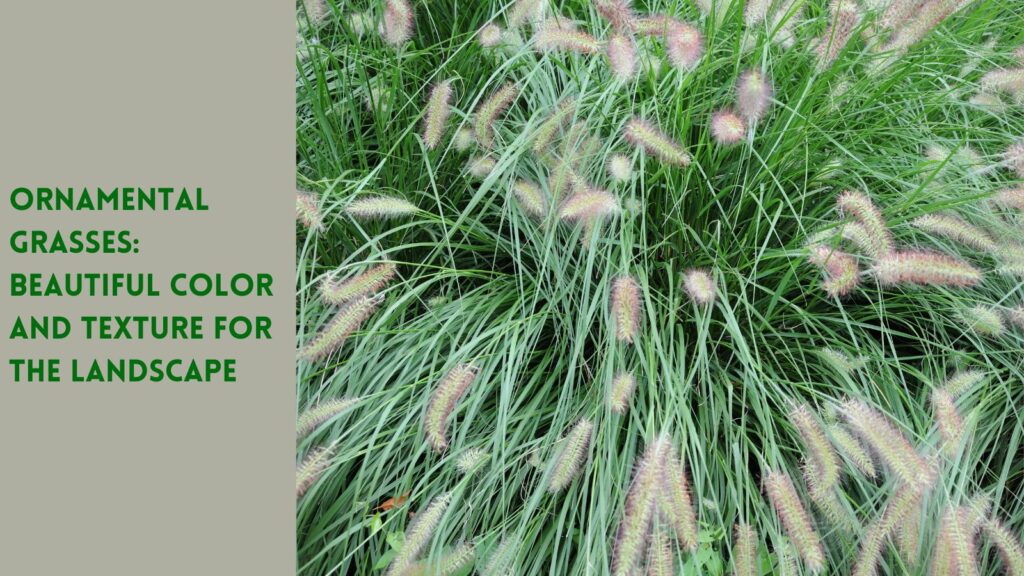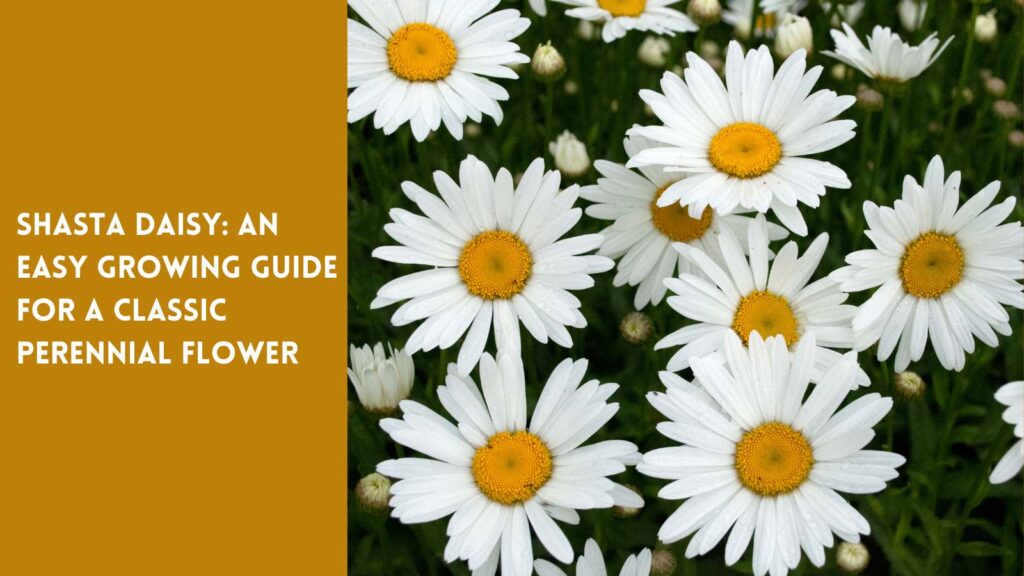Last Updated on: 17th July 2024, 06:53 am
Here’s why it’s so rare to spot blue blossoms.
Blue flowers are relatively rare. The rarity of blue pigmentation in plants is due to the lack of a true blue pigment. Instead, plants that appear blue have modified their cellular structure to create the illusion of blue color.
The blue color in flowers is often achieved through a combination of pigments, typically anthocyanins, and the way light interacts with the cellular structure of the petals. This interaction can create a blue appearance even if the pigments are not truly blue but are really purple.
The development of blue flowers is often seen as an evolutionary strategy to attract specific pollinators, like bees, which can see blue colors very well. However, the shade of blue can vary significantly depending on the species, soil pH, and climate conditions.
It’s also worth noting that the stems and leaves of flowers are never naturally blue – only the blossoms.
Why Are Blue Flowers Such Rare Gems?
The rarity of natural blue flowers is primarily due to the absence of a true blue pigment in the plant kingdom. The science behind this involves a combination of biochemical limitations and evolutionary factors.
Biochemical Limitations and Few Blue Flowers in Nature:
Stick with me. This is a bit science-y, but nevertheless pretty interesting.
Lack of Blue Pigment:
- Plants predominantly use pigments like chlorophyll, carotenoids, and anthocyanins for coloration. Chlorophyll is green, carotenoids range from yellow to red, and anthocyanins vary from red to purple. However, none of these are inherently blue.
- True blue pigmentation is rare in plants like the blue seen in some animals (e.g., the blue of a peacock feather). The biochemical pathway to produce a blue pigment is much more complex and less common in the plant kingdom.
Structural Coloration:
- Many blue flowers use structural coloration to appear blue. It involves the manipulation of light using physical structures rather than pigments. For example, microscopic structures on the petals can scatter light to amplify the blue wavelengths and diminish others.
- This phenomenon is similar to how the sky appears blue as a result of the scattering of sunlight by atmospheric particles.
Evolutionary Factors That Limit Blue Flowers:
Here’s how evolution has allowed some blues to develop:
Pollinator Preferences:
- Flower colors have evolved primarily to attract pollinators. Bees, a major group of pollinators, can see blue and ultraviolet light well. However, they are not exclusively attracted to blue, and many plants have successfully attracted bees with non-blue flowers.
- The evolutionary pressure to develop blue flowers may not have been strong enough in many plant species, especially if other colors were equally or more effective in attracting pollinators.
Genetic Mutations and Adaptations:
- The evolution of blue flowers might require a series of specific genetic mutations, which are rare. Once a plant species has a successful reproductive strategy with a certain flower color, there may be little evolutionary incentive to change.
- In some environments, blue flowers may have provided a specific advantage, leading to the evolution of blue-flowering species in those niches.
Soil pH and Composition:
- The color of some flowers, including those that appear blue, can be influenced by soil pH and the presence of certain minerals. For example, hydrangeas can change color from pink to blue in acidic soils due to the availability of aluminum ions.
Chemical Complexity and Synthesis Challenges:
- Producing blue pigments can be chemically challenging for plants. The pathways to synthesize these pigments might be more complex or energetically costly than other pigments.
The rarity of blue flowers results from the lack of a direct biochemical pathway to produce blue pigments, the complexities of structural coloration, evolutionary factors related to pollinator attraction, and environmental influences.
Most Blue Flowers Are Really Purple
Many flowers commonly perceived as “blue” are, in fact, shades of purple or violet. This phenomenon is due to a combination of human color perception and the limitations in plant pigment production.
Human Color Perception:
- Color Spectrum Overlap: The human eye perceives color based on the light spectrum that an object reflects. Blue and purple wavelengths are close to each other on the light spectrum, sometimes making it difficult to distinguish between them, especially under different lighting conditions.
- Subjective Interpretation: Color perception can be subjective; what one person may describe as blue, another might see as purple.
Plant Pigment Limitations:
- Anthocyanins: The primary pigments responsible for plants’ red, purple, and blue colors are anthocyanins. These pigments can appear in various colors depending on their chemical structure, the pH of the plant tissues, and other factors.
- True Blue Is Rare: As mentioned earlier, true blue pigments are rare in nature. Most plants that appear blue have modified anthocyanins that lean towards purple. The appearance of blue is often enhanced by the flower’s cellular structure and how light interacts.
Five Common Blue Flowers for Color in Your Landscape
In each case, the intensity of the blue color can vary based on factors like soil conditions, light, and overall plant health. Regular care and close attention to the specific needs of each plant species will help ensure the most vibrant display of blue in your garden.
Here are five blue flowers the Tayloe’s Lawn Care Services, LLC crew commonly spots around our service area:
Hydrangea (Hydrangea macrophylla):
- Description: Hydrangeas are well known for their large, showy flower heads. They can change color based on soil pH, ranging from pink to blue.
- Best Growing Conditions: They prefer well-drained, moist soil and partial shade. Avoiding the hot afternoon sun is beneficial.
- USDA Zones: Generally suitable for USDA zones 5-9.
- Feeding for Blue Color: To encourage blue flowers, the soil pH needs to be acidic (pH 5.2 to 5.5). You can use a soil acidifier from the local garden store or add aluminum sulfate to the soil. Avoid using lime or ash, which can make the soil more alkaline.
Delphinium (Delphinium spp.):
- Description: Delphiniums are known for their tall spikes of flowers, ranging from deep blue to purple and white.
- Best Growing Conditions: They thrive in full sun to light shade and prefer rich, well-drained soil. They need shelter from strong winds.
- USDA Zones: Suitable for USDA zones 3-8.
- Feeding for Blue Color: Regular feeding with a balanced, all-purpose fertilizer helps maintain vibrant color. Ensure consistent moisture levels without overwatering.
Bluebells (Hyacinthoides non-scripta):
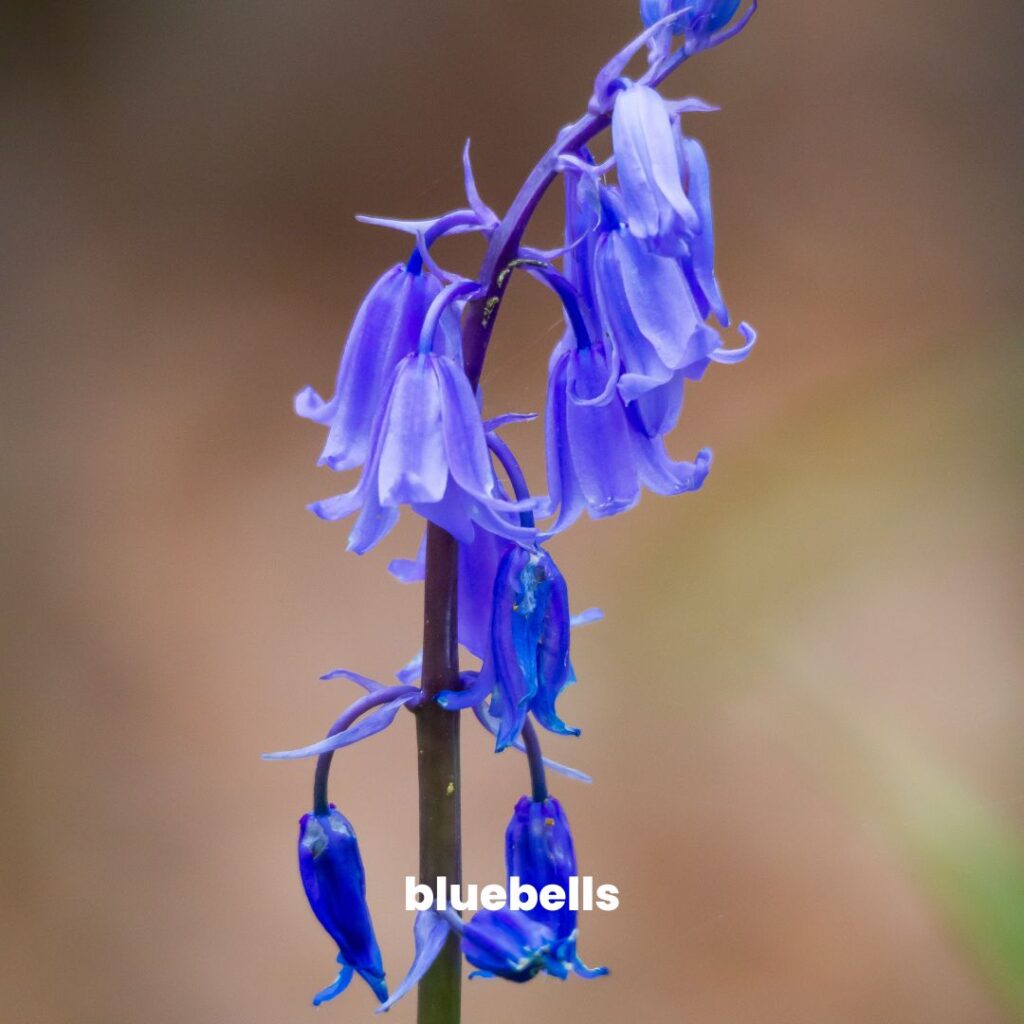
- Description: Bluebells are charming, bell-shaped flowers that form carpets of blue in woodlands. They are known for their strong, sweet fragrance.
- Best Growing Conditions: They prefer dappled shade and well-drained, moist, fertile soil. They are ideal for naturalizing in woodland gardens.
- USDA Zones: Suitable for USDA zones 4-9.
- Feeding for Blue Color: Bluebells are generally low-maintenance. A top dressing of compost or a well-balanced fertilizer in early spring can promote healthier blooms.
Cornflower (Centaurea cyanus):
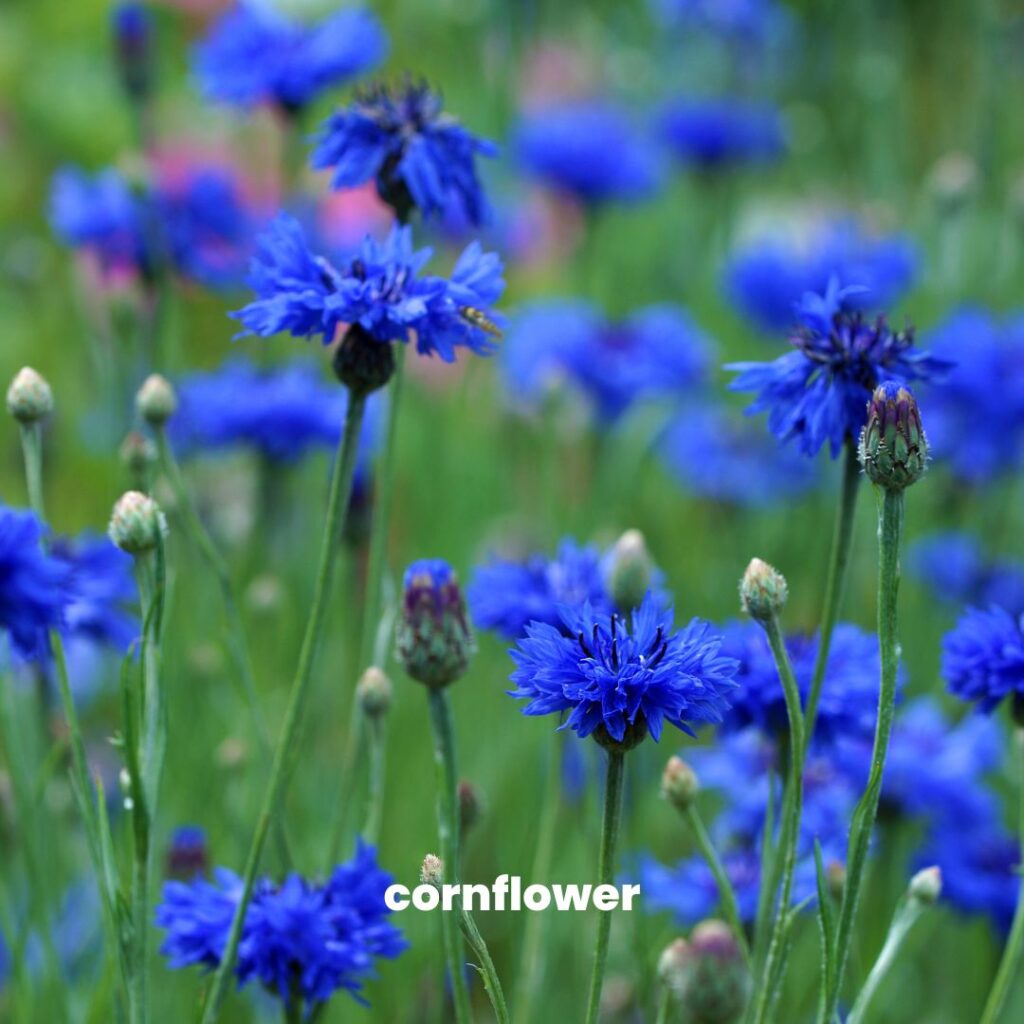
- Description: Cornflowers, also known as Bachelor’s buttons, have bright blue, fringed flowers that are particularly attractive to pollinators.
- Best Growing Conditions: They prefer full sun and can tolerate dry soil. They are drought-resistant once established.
- USDA Zones: Suitable for USDA zones 3-8.
- Feeding for Blue Color: Minimal feeding is required. Fertilizing in the spring can be beneficial, but be careful. Over-fertilization can reduce flowering.
Forget-me-not (Myosotis spp.):
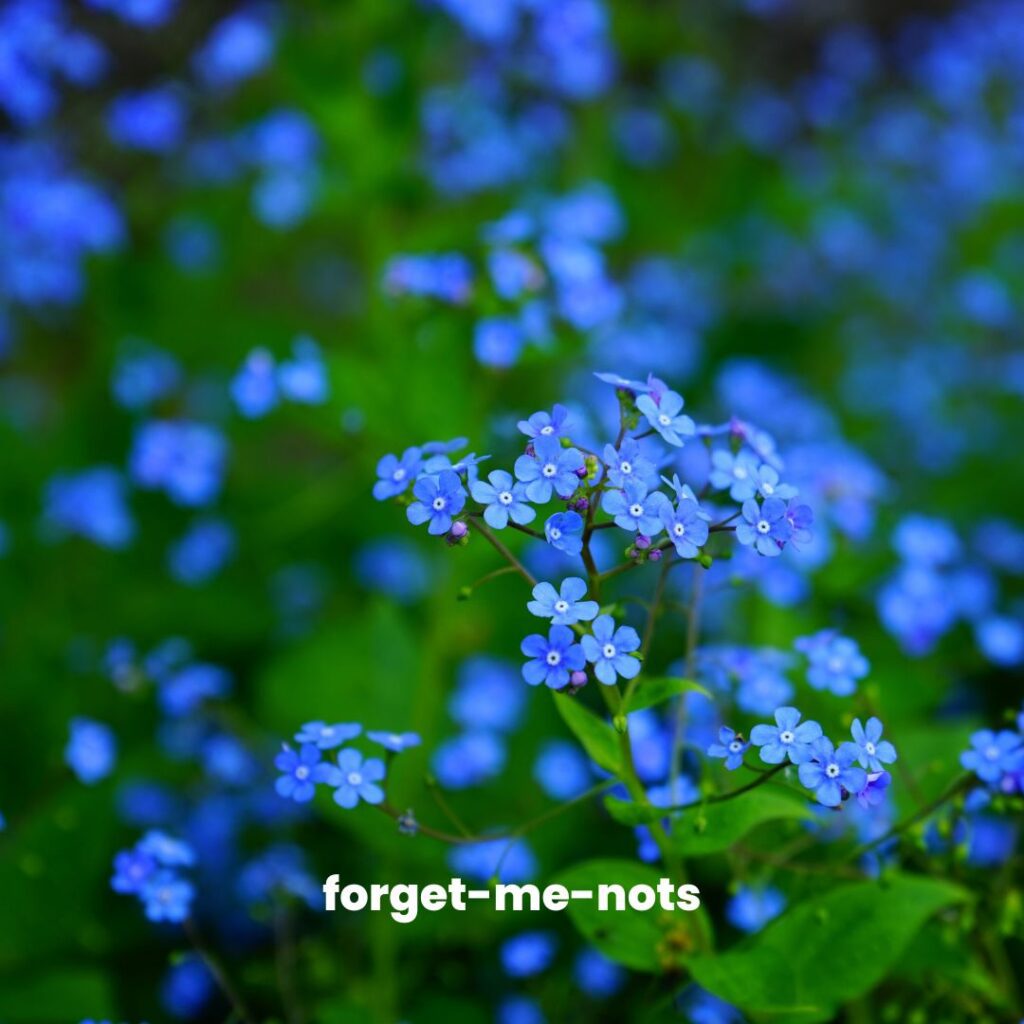
- Description: These small but striking flowers have bright blue petals with a yellow or white center. They often symbolize remembrance.
- Best Growing Conditions: They thrive in moist, well-drained soil and partial shade in North Carolina. Avoid planting them where they’ll be blasted by the hot afternoon sun in our scorching summers.
- USDA Zones: Suitable for USDA zones 3-8.
- Feeding for Blue Color: Use a liquid fertilizer every few weeks during the growing season. Avoid over-fertilization, which can lead to more foliage and fewer flowers.
Using Blue Flowers in Your Landscape Plan
Incorporating blue flowers into a landscape plan can create a visually striking and serene environment. These beauties can add depth, contrast, and a calming effect to your garden.
Here are some tips for using blue flowers effectively in your landscape:
Color Combinations and Contrast:
- Complementary Colors: Pair blue flowers with complementary colors on the color wheel, like orange or yellow, to create a vibrant contrast.
- Monochromatic Scheme: Use shades of blue for a soothing, monochromatic look. These can range from light sky blues to deep navies.
- Cool Palette: Combine blue flowers with other cool-toned blooms like purples and whites for a tranquil and cohesive appearance.
Use Blue Flowers as Focal Points:
- Your favorite blue beauties can serve as eye-catching focal points. Plant them where you want to draw attention, such as near a seating area or entrance.
Layering and Texture:
- Plan various shades and textures of blue flowers at different heights and layers. This look creates depth and interest in your garden.
Seasonal Considerations:
- Choose blue flowers that bloom at different times of the year to maintain a consistent color theme throughout the seasons.
Borders and Edging:
- Use blue flowers as borders or edging plants along pathways or garden beds. They can create a neat, organized look and highlight the areas.
Mix Blue Flowers with Interesting Foliage:
- Pair your favorite blues with interesting foliage, like silver or variegated leaves, to enhance the blue color and add texture. They’re also lovely paired with creeping evergreens, like juniper.
Container Gardening:
- Blue blooms work well in containers and can be used to decorate patios, balconies, or window boxes. They can be easily moved to different locations as needed.
Naturalizing:
- Plant these rare gems for a more natural look to mimic how they might grow in the wild. Pairing these “blues” with a lovely ornamental grass is particularly effective in woodland gardens or meadow-style landscapes.
Lighting:
- Consider the lighting in your garden. Shades of blues can look particularly striking in areas that receive dappled sunlight or in well-lit areas where their color stands out.
Water Features:
- Blues complement water features well. Plant them around ponds, streams, or fountains to enhance the feeling of tranquility.
Wildlife Attraction:
- Many blue flowers are attractive to pollinators like bees and butterflies. Incorporating them can help support local wildlife.
Theme Gardens:
- Use blue-toned blooms in themed gardens, such as a seaside or cottage garden, where their color can contribute to the overall aesthetic.
The key to a successful landscape is balance and harmony. While blue flowers can be a stunning addition, it’s important to integrate them thoughtfully with other elements in your garden. Once you accomplish that, you will have a cohesive and pleasing overall design.
The Takeaway: Blue Flowers Are Rare But Worth Including in Your Garden Beds
To recap, the rarity of blue in bedding flowers results from the following:
- A lack of a direct biochemical pathway to produce blue pigments
- The complex nature of structural coloration
- Evolutionary factors related to pollinator attraction
- Soil pH and other environmental considerations.
Regardless of how rare these lovely blooms may be, blue flowers are well worth consideration in your landscape plan.
Love receiving helpful lawn care, outdoor living, and gardening content? Be sure to follow Tayloe’s Lawn Care Services on Facebook – we share there so you won’t miss out. Need our help with lawn care or leveling up your garden beds? Call or text us at 252.287.3376.
Author Profile

- Deborah Tayloe is the CEO and co-founder of Tayloe's Lawn Care Services, LLC. She has a B.S.Ed and holds certificates in soil and water management and herbology from accredited programs.
Latest entries
 GardeningSeptember 27, 2025What perennials, shrubs, and trees don’t like fall pruning (and why)?
GardeningSeptember 27, 2025What perennials, shrubs, and trees don’t like fall pruning (and why)? Trees and ShrubsSeptember 14, 2025Fall Shrub Pruning Guide (September–October)
Trees and ShrubsSeptember 14, 2025Fall Shrub Pruning Guide (September–October) Trees and ShrubsApril 22, 2025Boxwood Blight: Early identification and isolation
Trees and ShrubsApril 22, 2025Boxwood Blight: Early identification and isolation Flower GardenApril 8, 2025John F. Kennedy Rose: Hybrid tea rose with elegant white blooms
Flower GardenApril 8, 2025John F. Kennedy Rose: Hybrid tea rose with elegant white blooms

